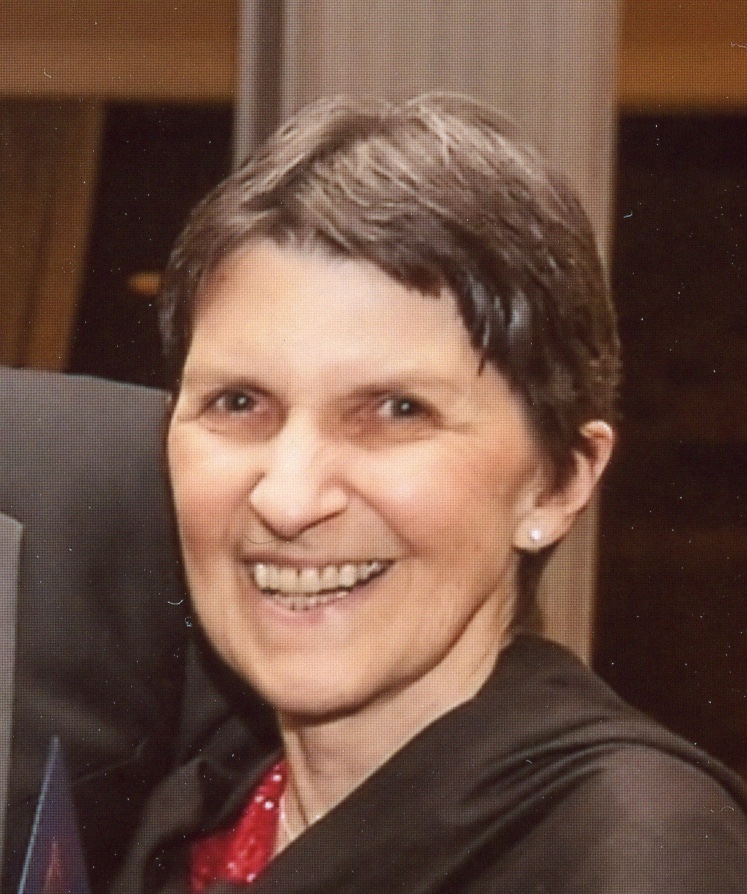I'll be honest, I don't know how to do this. I'm sure that there is an appropriate annotation for my mom's life that the Board for Certification would approve of. But, although I appreciated being able to access parts of my ancestry that would otherwise be lost with time, I didn't "inherit" her passion and drive for gathering, collating, and making meaning of disparate records into cohesive biographies.
If you're familiar with this blog, you'll know this work has defined the last several decades of her life—once the boys left home, she had lots of time to shape the stories of family members near and far, to assemble families from individuals only connected by genetics, and to contribute to this community with a caring heart and unrelenting eye for detail.
I did introduce her to this blog idea though, so it makes me proud to see how complete it her blogging projects have become. These posts are a legacy that, despite her constant concern for the lack of a physical record (which she would often hint that she didn't feel completely comfortable with) persist to tell these stories.
For those of you who have read this blog and those of you that will read it in the future, on her behalf, thank you. Thank you for participating in her life's work—for connecting all the records in the four filing cabinets by her desk and countless digital files, microfilm, and drafts to a living legacy of knowledge and connection.
- Trevor
Judy Kellar Fox (1947 - 2023)
On February 15th at an early hour, Judy Kellar Fox was released peacefully from a 13-year struggle with cancer. With her passing, the world lost an irreplaceable warmth and grace—of a welcoming hand to all, a cherished friend of many, and the image of belonging on the ballroom floor.Judy Kellar was born and raised in Santa Rosa, California, and had a deep love of the northern farmlands, wineries, and coast that surrounded her. Her parents, Jack, a co-owner of Santa Rosa Auto Parts, and Alice Kellar, the consummate home economist, were loving parents who imbued her with a down-to-earth work ethic and generosity that never changed.
Judy attended Santa Rosa High School, where her lifelong dedication to quality and discipline showed in her school life, her summer jobs at the county fair, and her early love of ballroom dance as a junior instructor. Following high school, she attended the University of California at Santa Barbara for her BA and MA, majoring in French and art history and graduating Summa Cum Laude and Phi Beta Kappa, which she was too humble ever to acknowledge. During parts of those years, she studied abroad in Bordeaux and Paris. It was in Bordeaux that she met a fellow UCSB student, Larry Fox, with whom she fell in love and later married in 1970.
Over the ensuing years her life was first and foremost dedicated to family of which she was the glue and the heart as wife and eventually mother of two cherished sons. Over those years, they lived variously in Darrington, Wa., Bordeaux, France,Berkeley, Silicon Valley, and Humacao, Puerto Rico, finally settling for 37 years in Aloha, Oregon, where to her long-deferred joy, Larry finally learned how to ballroom dance, a love they shared to the end.
While Judy’s first and unflagging priority was always family, her creativity and humanity led her to serve the community as a highly regarded crafter and coordinator of the boys’ elementary school art literacy program; and then, in the 90s, to immerse herself fully into her greatest passion—genealogy, serving on the Board of Certification for aspiring genealogists. Her prodigious work and research led to highly regarded publications and to the production of multiple histories of family that are a cherished legacy for generations.
Judy was a strong and wonderful soul, unafraid in life and death. Her grace in passing is captured in a cherished quote by Emily Dickinson– “Because I could not stop for Death, he kindly stopped for me.”
Judy is survived by her husband, two sons and daughters in law, two beautiful grandchildren, her sister, her aunt, and a large muster of adoring cousins, nephews, and nieces.
She requested that any gesture in her honor be in the form of donations to two causes that reflect her humane and caring nature.
If you would like more information, feel free to reach out to foxkellar@trevorfox.com.



















